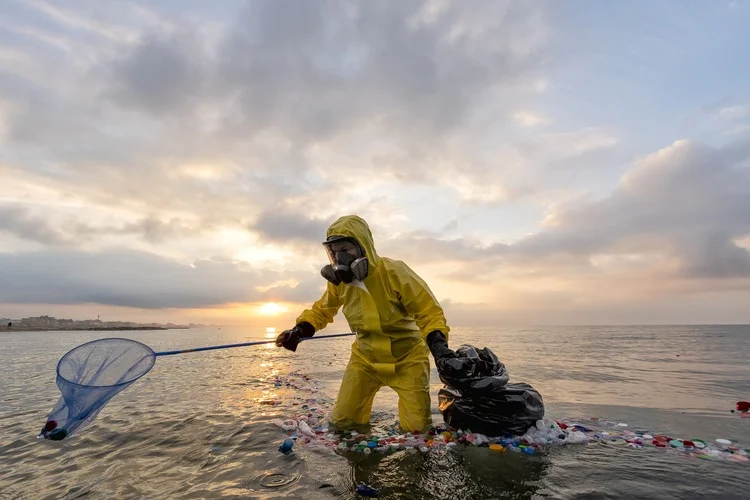
Acrylic and microplastics are found in everyday environments, but how exactly do they impact our planet, and what exactly are they found in?
By
Acrylic. You might know it better by its alter egos, Perspex or Plexiglass – the see-through, strong material used in safety goggles, contact lenses, floor waxes or social distancing screens in the days of Covid-19 lockdowns. But this plastic is found in far more subtle and insidious places, quietly wreaking havoc on our planet.
The fibres released from acrylic are one of the major contributors of microplastics in marine environments. These are ingested by both plankton, fish and large mammals, as well as humans. Because of their tiny size, microplastics have also seeped their way into foodstuffs including seafood, beer, sugar and drinking water. They’re even found in the ground – a recent study conducted by Cardiff University found that 86 trillion to 710 trillion microplastic particles are able to contaminate European farmland annually.
The manufacturing process of acrylic isn’t any greener either. Estimates suggest that to produce just one kilogram of acrylic, 210 litres of water is required. The process emits 5kg of CO2 – equivalent to driving 357km in a car – as well as toxic fumes that pose threats to human health. And once produced, it is neither biodegradable nor easily recyclable.
So if it’s so harmful, why do we use acrylics? And more crucially, what are they found in?
Alluring acrylic
One of the most appealing reasons for using acrylic is cost. In the world of textiles, it is cheaper to produce than its counterpart, cashmere wool, but still retains the characteristic warmth and wool-like feel without the steep price. This means it can be used from jumpers to gloves and home furnishings such as furniture covers.
The fibres made from acrylic also have the strength and resistance of wool, so can fare well in clothing that needs to last longer.
Its lightweight properties mean it is also an attractive material for building display cases for museums as well as windows. Acrylic is also highly resistant to weather conditions and damage from mold and microorganisms, and does not yellow or degrade over time. Therefore, it’s often used for outdoor signage and furniture too.

Clothes, clothes and more clothes
One of the biggest culprits that uses acrylics is the textiles industry. Around 8 per cent of European microplastics are released to the world’s oceans are from synthetic textiles. From jackets to cardigans, waistcoats to socks, acrylic is found across a huge range of clothing.
Microplastics – also known as microfibres since they come from textiles – are able to enter marine systems particularly when clothes are washed, especially in the first few times that they are spun through a washing machine. Globally, laundry, contributes half a tonne of plastic microfibres to the world’s ocean, equivalent to almost three billion polyester shirts.
Acrylic does not get away lightly when compared to its other counterparts. A recent study found that acrylic fabrics released nearly 1.5 times more tiny synthetic particles into the ocean via sewage networks when washed – a staggering 730,000 – compared to polyester.
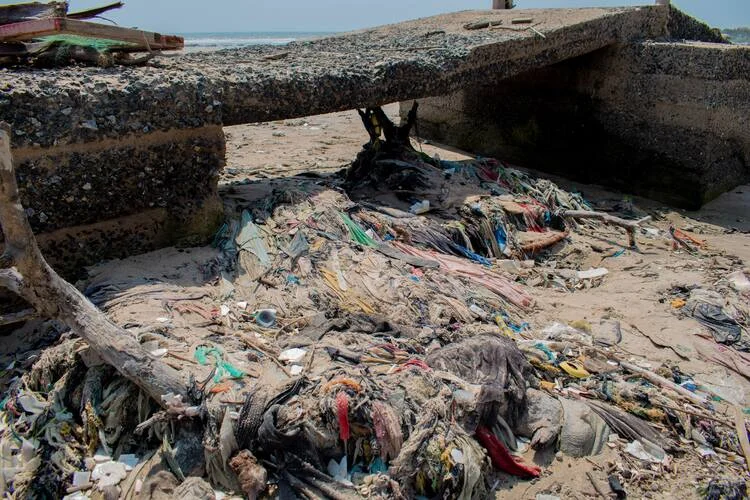
The advent of fast fashion – cheaply-produced clothing that often has a short-life both in its durability and trendiness – has lead to a spike in microfibres being released. The clothes produced in this way are often washed only a few times and worn for a short time before being discarded thanks to their low quality. For the planet, this means more low-quality clothes, often containing acrylic, and therefore an accumulation of harmful microplastics.
Water treatments plants let up to 40 per cent of these microfibres enter lakes, rivers and oceans since they are not mandated to adequately capture tiny particles. However, there are methods being devised to help prevent them from entering water systems. Treatments can be applied to clothes after manufacturing, such as coating, that can reduce the amount of microplastics which clothes shedding. Cutting fabric using lasers instead of by hand is also a measure being implemented.
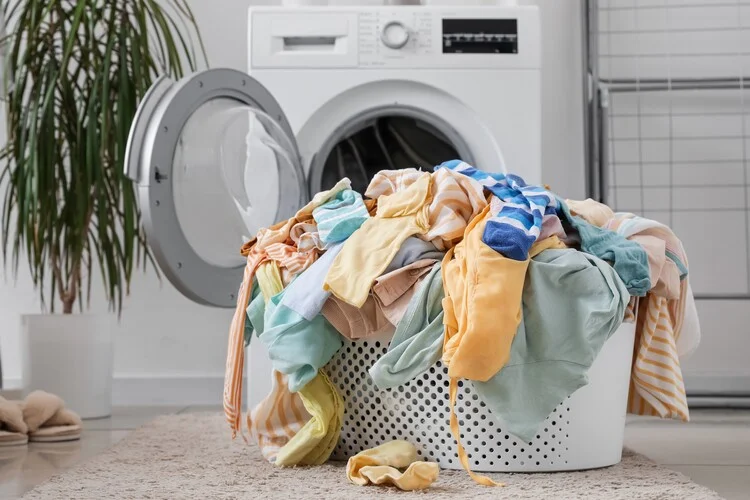
The general public can help the planet in a variety of ways. The first is washing less: fabrics washed many times will shed more. Washing bags – including those developed by Guppyfriend – are able to capture tiny particles to prevent them from leaving the machine and entering the world’s oceans. Another product, the Cora Ball, works in a similar way, with the company stating that the equivalent of 30 million water bottles could be prevented from entering US waterways if just ten per cent of the country used one.
Top-loading washing machines are also proven to cause more shedding, so switching to a front-loading one may be another means to help.
However, these methods do not ultimately combat the larger, industry-scale issues in continuing to use particular materials like acrylic in the textile sector.
‘While there are things consumers can do to limit microfibre release from clothing, extra effort shouldn’t be on the consumer, it should be on manufacturers,’ says UN Environment’s marine environment expert, Heidi Savelli. Once microfibres are captured, this is not a guarantee that they won’t ever enter the ecosystem.
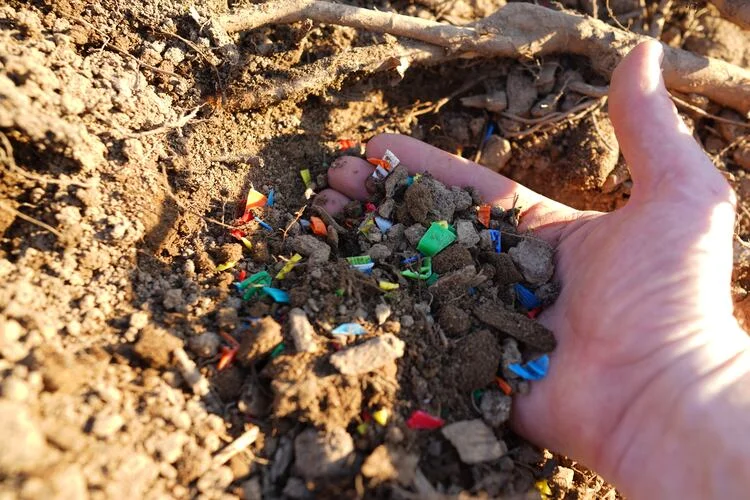
Acrylic and microplastics in manicures
Acrylic has its applications in the world of manicures too.
Concerningly, the products used in acrylic nails – which involve mixing a liquid monomer and powder polymer and applying UV light to lengthen nails in the latter – are non-biodegradable. This is especially worrisome considering the global nail salon market’s valuation at 11 billion USD in 2022, which is projected to grow to 29.85 billion USD by 2030.
Programmes such as the Green Salon Collective are becoming more common, where nail salons can instead recycle acrylic nails and other products used within the industry too, for example pieces of gel polish or even cotton wool pads used for removing polish.
Medicine’s application of acrylic
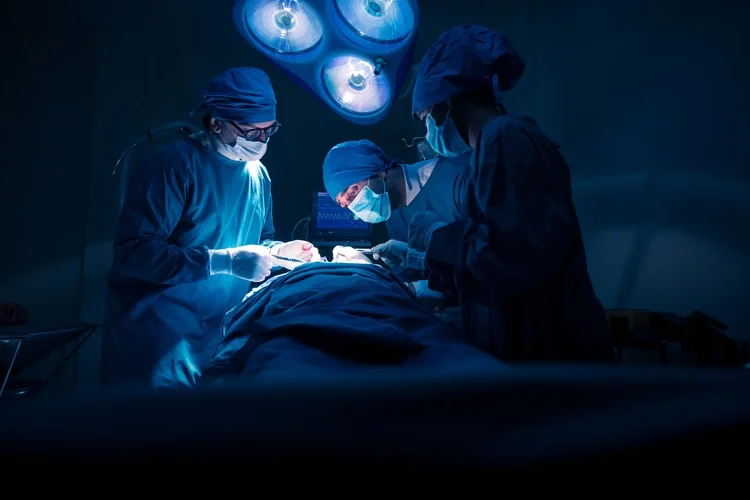
Acrylic is also used across medicine and dentistry. Artificial corneas used to treat blindness are made from a combination of titanium and acrylic. Because they are made partially from plastic, the body’s immune system does not register it is as ‘foreign body’ and so does not attack it. This makes these types of implants more successful compared to human cornea transplants.
Bassinettes used in hospital infant wards are also made from acrylic, since the plastic is easy to wipe down and prevents microorganisms from entering inside, while also being transparent for medical staff to easily monitor babies.
In dentistry, the plastic is used for dentures, dental impacts and crowns, with those made from acrylic able to be produced in just several hours, significantly cutting down on waiting times.
Acrylic is also beneficial to both sectors because of its durability and strength – combined with the inexpensive cost to produce it – making it the perfect material for high quantities of speculums, tubes and other medical devices.
Acrylic, not ivory

Historically, ivory from elephant and hippo tusks was used to create piano keys. Now, after conservation to protect these species from being used for commercial purposes, acrylic and a blend of other synthetic materials are used to achieve a similar feel for musicians playing the piano.
In cheaper pianos, Yamaha use acrylic resin for their keyboards. For more expensive models, the company use a material dubbed ‘Ivorite’ made from mineral fillers and ABS plastic.
What does the future hold for acrylic and microplastics?
Acrylics and microplastics are everywhere. But there are ways in which governments across the world are working hard to combat them from entering our waters and ecosystems.
Natural fibres have been posited as an option to be used in textiles, although there are doubts regarding their effectiveness. Slowing down the ever-growing trend of fast fashion may also be another solution: as long as clothes continue to be pumped out en masse, microfibres can continue to be released. However, this is a complex and multi-faceted issue to tackle. From the brands that use fast fashion to the consumers who prefer its cheap price, combating acrylic’s use in the textiles industry will require plenty of in-depth planning.

Other solutions include factories pre-washing clothes before they are sent out to customers. The facilities at factories are often more equipped to deal with the removal of waste products such as microplastics than any measures a consumer could take at home.
Scientists are also devising ways of utilising bacteria to break down plastic to create a ‘self-destructing plastic’ that is able to be recycled, as well as water filtration techniques and chemical treatments that can be carried out at waste management facilities.
The road to reducing the amount of microplastics around us is certainly no easy feat, and with increasing prevalence of acrylic’s use in multiple industries, it is more important than ever to consider ways of combating the presence of these tiny, but impactful, particles.




